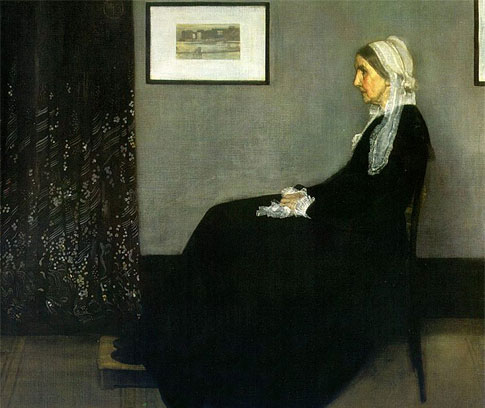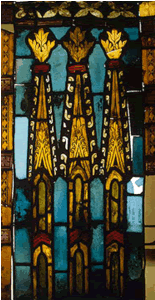Aphrodite
 Aphrodite or Venus – the goddess of love. Her name has become synonymous with Love and Beauty, and to this day, the artists embody in them their idea of Beauty.
Aphrodite or Venus – the goddess of love. Her name has become synonymous with Love and Beauty, and to this day, the artists embody in them their idea of Beauty.
In ancient myths, the image of Aphrodite is not so romantic. According to one of the earlier versions, it came from the blood of the insulated Crown of Uranus, which fell into the sea and formed foam. This myth traces the primordial principle of Aphrodite, not so much the goddess of love, as the patroness of childbirth, the sea, eternal spring and life, which gives abundance. It is much more ancient than the god-ruler Zeus, it is the giver of life. At the same time, erinia and giants, representing the terrible impulses of the unconscious, appeared from the blood of Uranus.
Sculpture V century. BC. depicts not a flirtatious and capricious woman, but a powerful, almost masculine figure of a goddess, in whose image the features of the Great Mother are still preserved. In her hand she does not have a mirror, an attribute of hetera, but a bouquet of flowers, in accordance with her epithets “priestly garden”, “Aphrodite in stems”.
She is dressed, which is typical of the early images of Aphrodite, when the erotic beginning has not prevailed over all the others, and only one shoulder is exposed by a sliding fabric, the sculptor of which sculpted with great skill.
But gradually the love of a man and a woman became more important for people, and not numerous offspring, and Aphrodite assumes the functions of the goddess of carnal love. In mythology, she is now called the daughter of Zeus and Dione, her birth from the blood of Uranus is almost forgotten. The goddess accepts more and more flirtatious features and affectionately ironic attitude towards her, which is one story with a hit in the nets woven by Hephaestus.
In the art of archaic and classical, she appeared in dress, starting from the 4th c. BC. – half-naked or completely naked, her image is becoming more and more erotic.
Aphrodite de Milo stands somewhat apart (the end of the third, beginning of the second century BC). It cannot be called flirtatious, she is calm, harmonious and beautiful, combining the features of the patroness of childbirth, and the beautiful goddess of love, and the earthly woman.
But the ascetic Middle Ages comes to replace Hellenic culture, and Venus, the goddess of carnal love, retreats into the shadows.
It is not customary to show sinful flesh naked. Women in medieval paintings are not an object of lust, and a nude figure can be seen, except in the images of Adam and Eve, but of sinners tortured in hell.
One of the first German artists who decided to portray Venus was Lucas Cranach the Elder. In the south of Europe, Titian and Giorgione are already doing, but for Germany, the image of a naked pagan goddess already speaks volumes. Cranach’s Venus is unique in many ways. She touchingly combines the aesthetics of the Middle Ages and new trends: rounded, even slouching shoulders, small breasts and the figure of a teenager girl are not so similar to the proportional Venus, Dian and Psyche of Italian masters. But the theme of the picture, and the landscape in the background – in all you can see the influence of the Renaissance.
In Italy and Florence, numerous images of Venus appear, as if the times of the pagan worship of this goddess have returned. Artists paint in the form of Venus their mistresses, and sometimes customers. Titian creates a whole series of paintings: “Venus and Cupid”, “Venus and Cupid with an organist” ,. “Venus is in front of the mirror”, “Venus with a dog and an organist”, where Venus appears as a contemporary of the artist.
One of the most famous paintings of Titian – Venus Urbinsk. A charming young girl with a gentle blush on her cheeks, brown hair scattered over her shoulders, the whole image breathes bliss and innocence.
In general, the image of Venus in the Renaissance is a beautiful, harmonious, mature woman: such is the Sleeping Venus by Giorgione.



